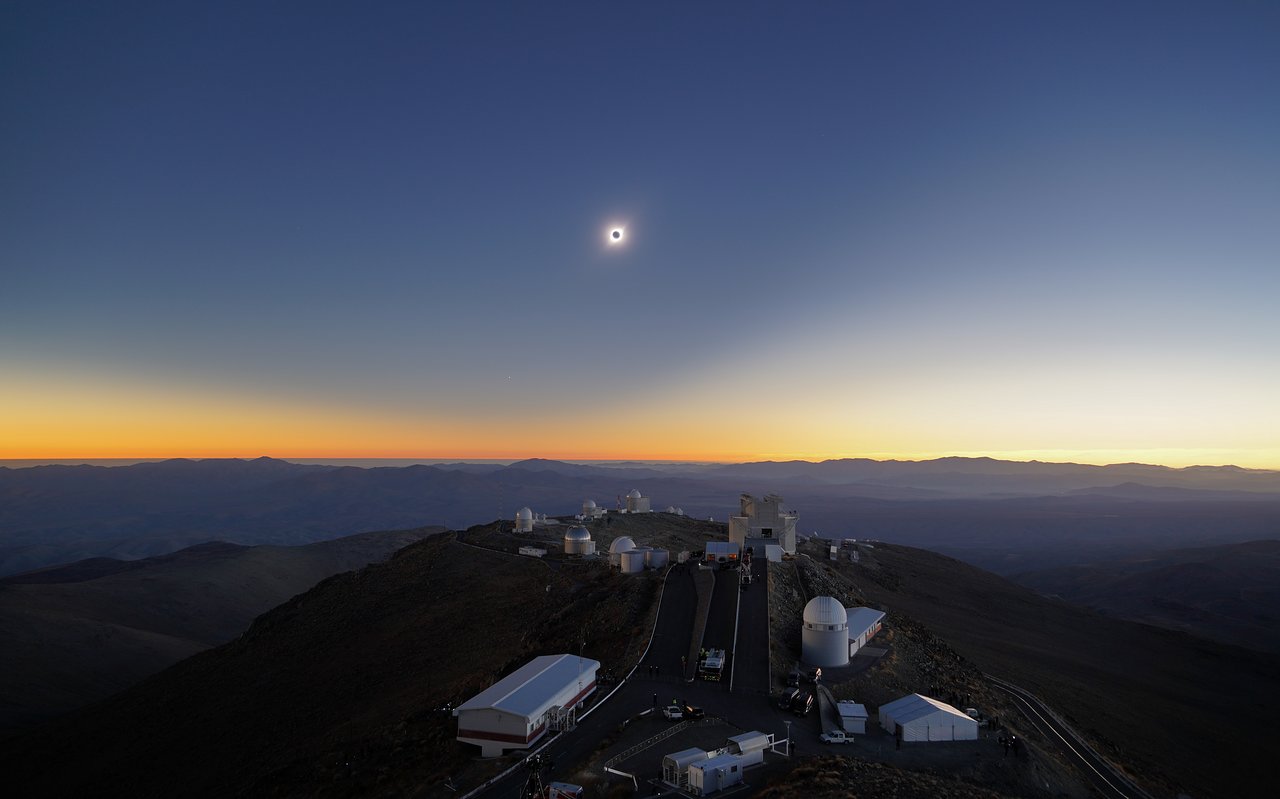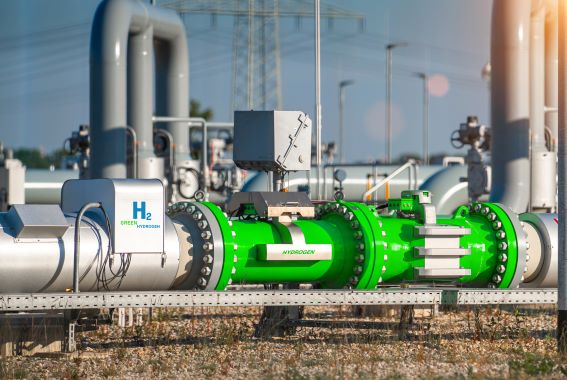The European Southern Observatory's green Transformation
The European Southern Observatory (ESO) is taking significant steps toward a more sustainable and energy-independent future at its La Silla Observatory in northern Chile. The aim is to reduce reliance on fossil fuels, shield operations from volatile electricity prices and ensure consistently low running costs, whilst also cutting carbon emissions.
Perched 2,400 meters above sea level, around 600 kilometers north of Santiago, La Silla houses two of the world’s most advanced 3.6-metre telescopes. A dependable and efficient energy supply is required by La Silla to support its core systems, including heating, cooling, and hot water.
To meet these demands in a sustainable way, ESO set out to design a high-efficiency solar-powered energy system that was tailored to the needs of the observatory. The system is designed to generate power and ensure uninterrupted operation around the clock, which is made possible through advanced storage solutions and intelligent energy management. A key part of this effort involves integrating cutting-edge storage solutions that can hold thermal and electrical energy for use at night or during periods of low sunlight. Core to the project is the development of a smart energy management system that can utilize the high solar yield effectively during the summer months.
The Austrian company SOLID developed a technical solution that stood out for its efficiency and suitability for integration. The comprehensive system, which combines a photovoltaic (PV) system with hot and cold water storage, advanced heat pumps and a high-efficiency electric chiller, is capable of meeting the site’s energy requirements.




